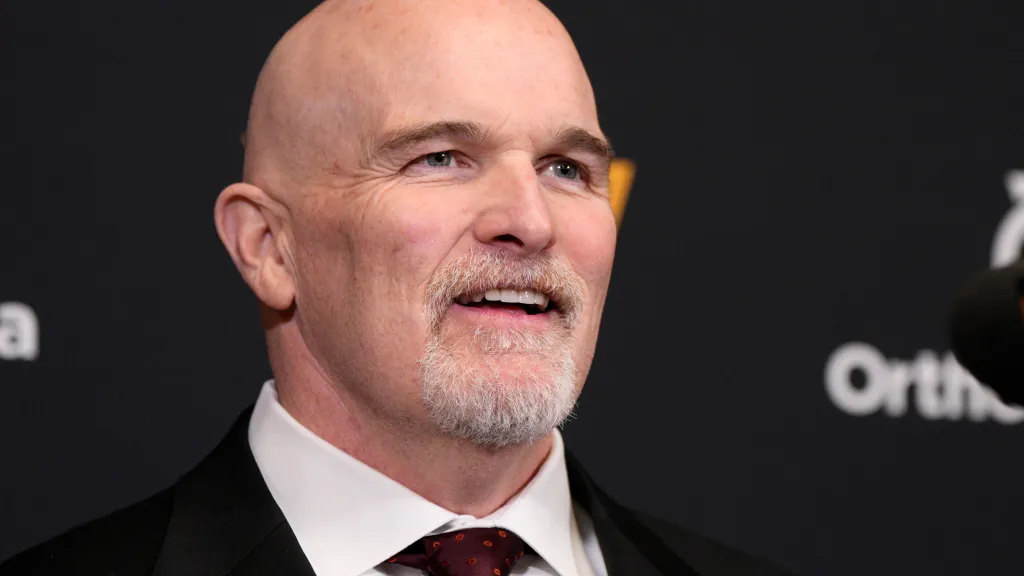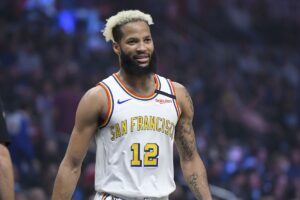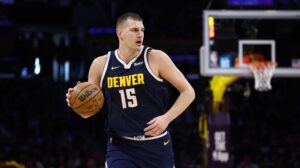
Evaluating the Quarterback Class: A Look at Washington Commanders’ Draft Strategy
In the realm of NFL draft discussions, opinions on the upcoming quarterback class are abundant. However, when it comes to making the ultimate decision, it’s the Chicago Bears who hold the key this year. With the No. 1 pick in their hands, they have the opportunity to choose from the cream of the crop, with USC quarterback Caleb Williams emerging as a likely candidate. Nonetheless, the Bears have other options on the table, including trading down to retain Justin Fields or selecting a different quarterback altogether. The implications of their decision ripple across the league, raising questions about whether the Washington Commanders should capitalize on the Bears’ array of choices.
In a recent mock draft by The Draft Network, Washington emerges as a proactive player, engaging in a trade with Chicago to seize control of the draft and secure their franchise quarterback. This move inevitably leads to the selection of Williams as the first overall pick. The Draft Network highlights the significance of drafting a physically gifted quarterback like Williams, especially considering his roots in the DMV area. For a new ownership group focused on winning games and filling stadium seats, the opportunity to draft such a talent is too compelling to ignore. The potential impact of this trade-up is underscored, suggesting that it could reshape the Commanders’ organization for the better in the years to come.
While this optimistic outlook emphasizes the potential rewards of investing in a first-round quarterback, it’s essential to acknowledge the inherent risks. Williams’ on-field abilities are impressive, particularly his knack for making plays outside the conventional structure of the game and his exceptional arm strength. However, there are legitimate concerns about his adjustment to NFL-style pockets and timing. Despite these uncertainties, the consensus is that Williams possesses the tools to become one of the league’s premier quarterbacks. The excitement surrounding his potential transcends any hypothetical costs associated with a trade.
Nevertheless, the fate of Williams as a franchise quarterback remains uncertain, prompting speculation about the value of a potential trade, especially with other talented quarterbacks available. Assuming Williams is off the board as the first pick, UNC’s Drake Maye and LSU’s Jayden Daniels emerge as viable alternatives for the next selection. Maye, in particular, has garnered attention for his elite arm talent and overall athleticism, making him a compelling prospect. While his risks differ from those of Williams, his prototypical build offers a different set of advantages.
The decision to engage in trade discussions with Chicago hinges on each team’s evaluation of Williams and Maye, as well as the potential cost difference in terms of draft capital. If either team is willing to part with—or reject—significant draft assets to secure the quarterback they believe is the best in the class, it will become evident when the Commanders are on the clock.
In conclusion, the quarterback landscape in this year’s NFL draft is filled with anticipation and speculation. The Chicago Bears hold the key to this year’s class with the No. 1 pick, presenting various options that could shape the trajectory of multiple franchises. For the Washington Commanders, the decision to trade up and secure a franchise quarterback represents a bold but potentially transformative move. Whether they ultimately choose to pursue Williams, Maye, or another quarterback remains to be seen, but the implications of their decision are significant for the team’s future. As the draft approaches, all eyes are on the Bears and the Commanders as they navigate the complex landscape of quarterback evaluation and draft strategy.







